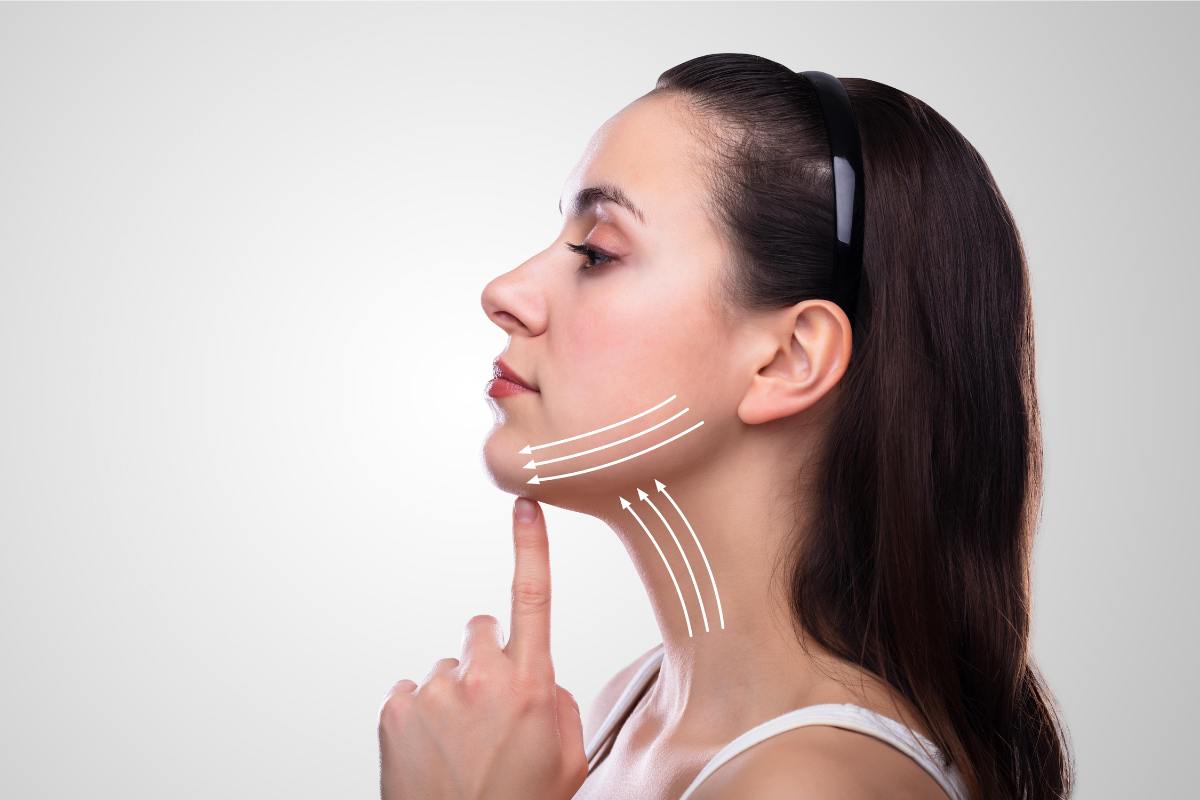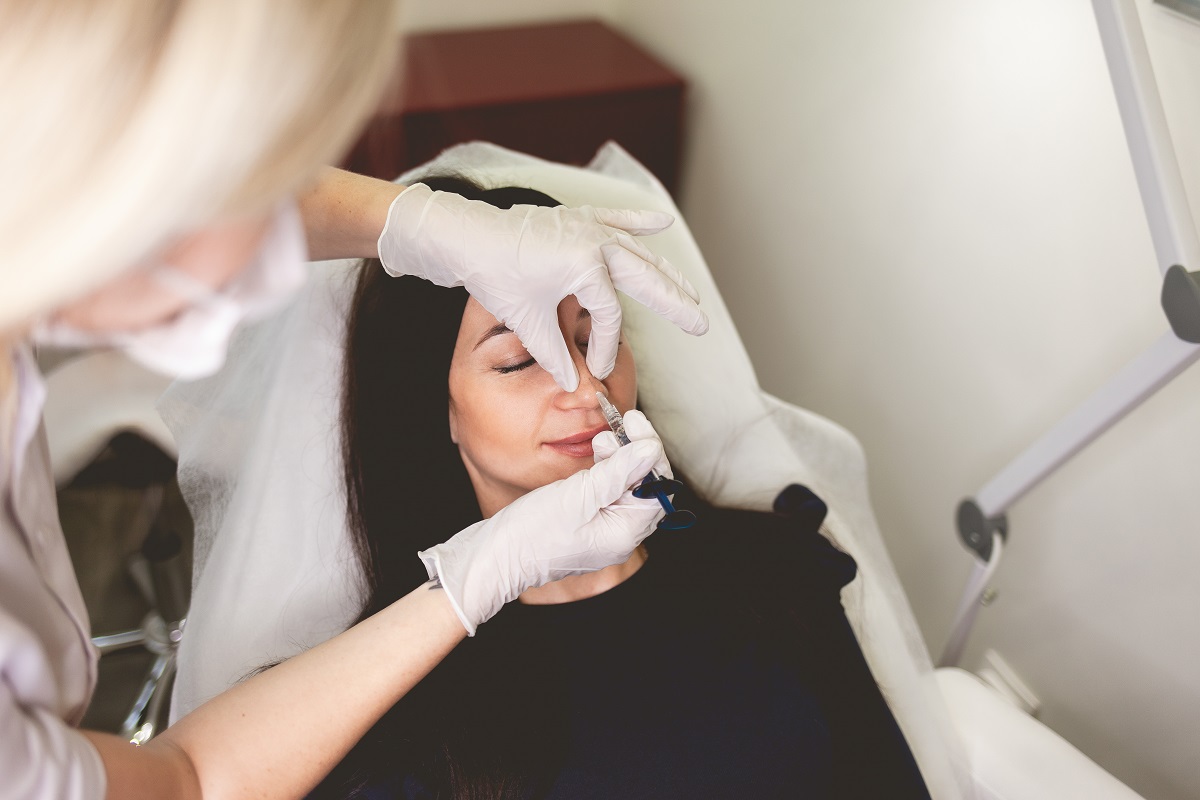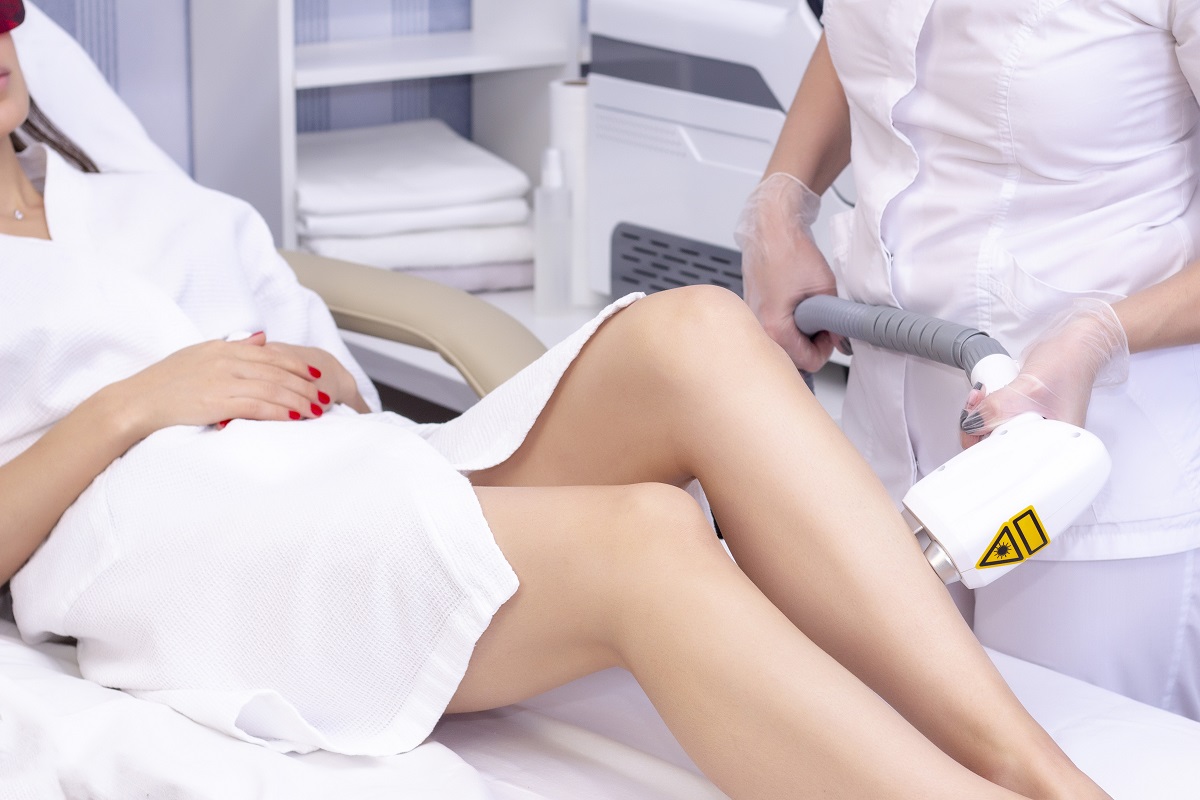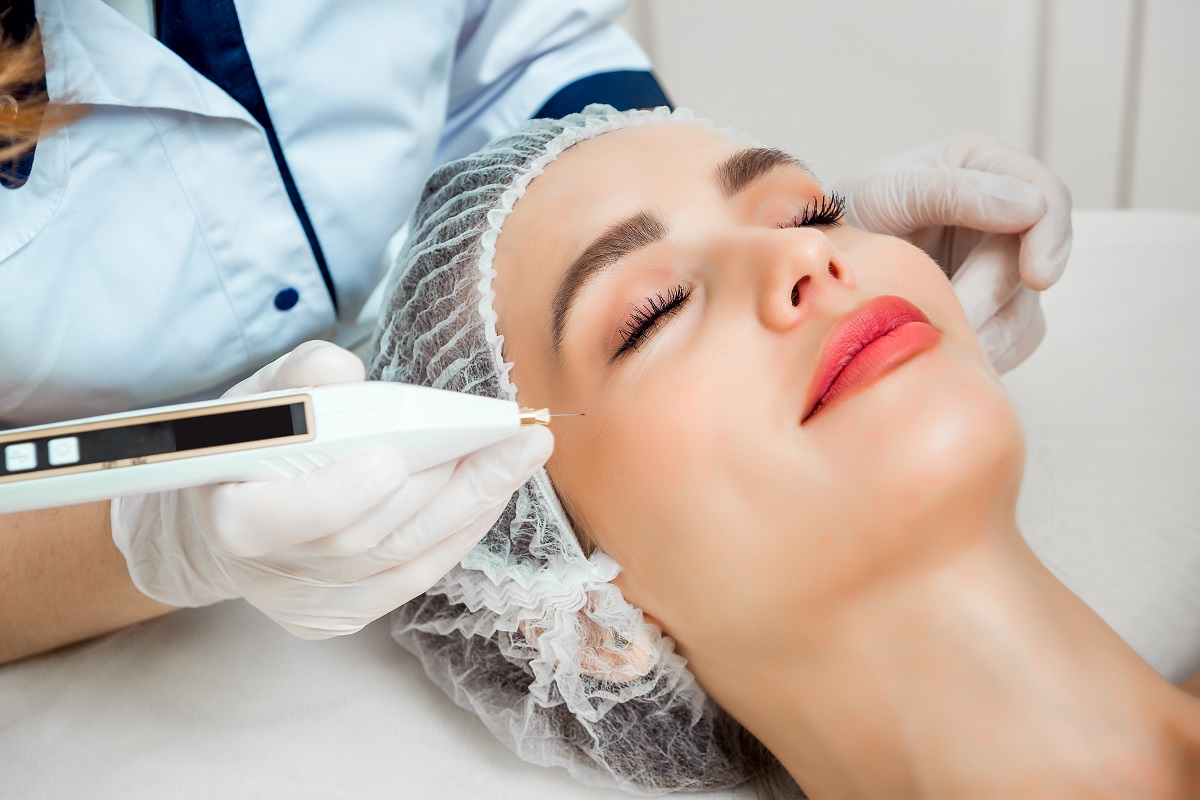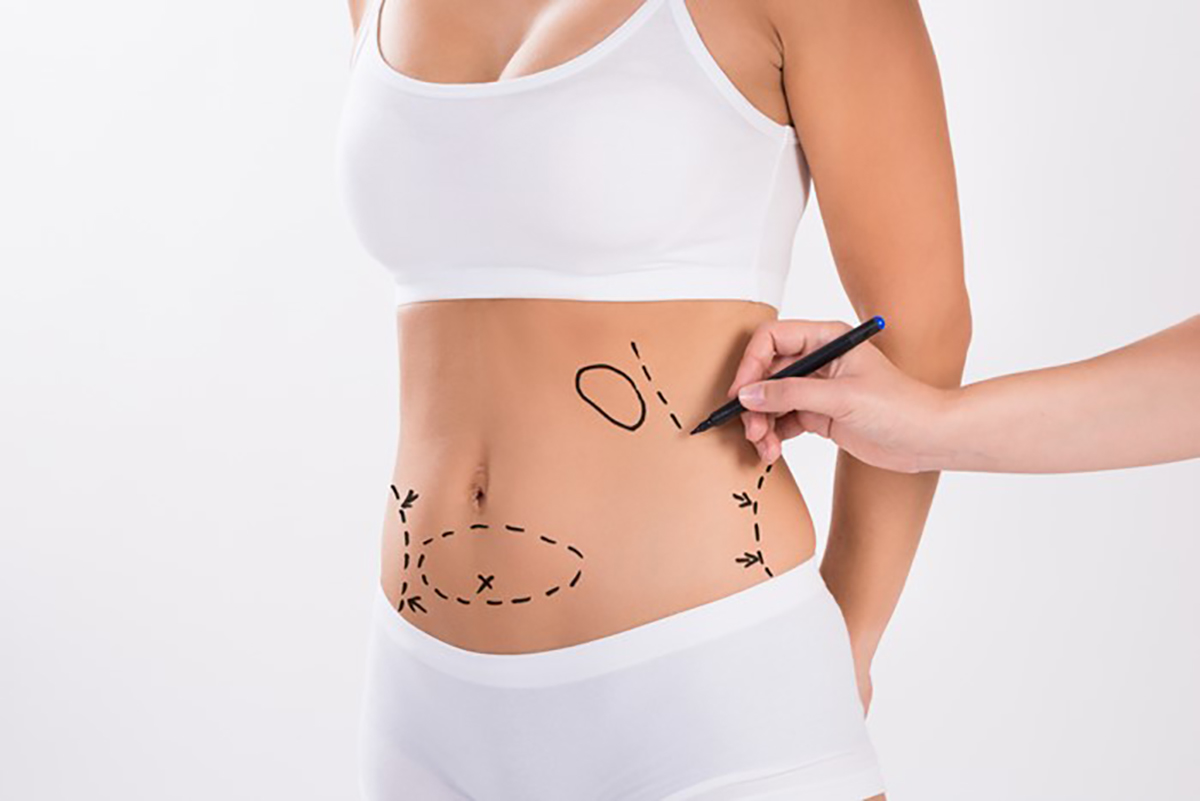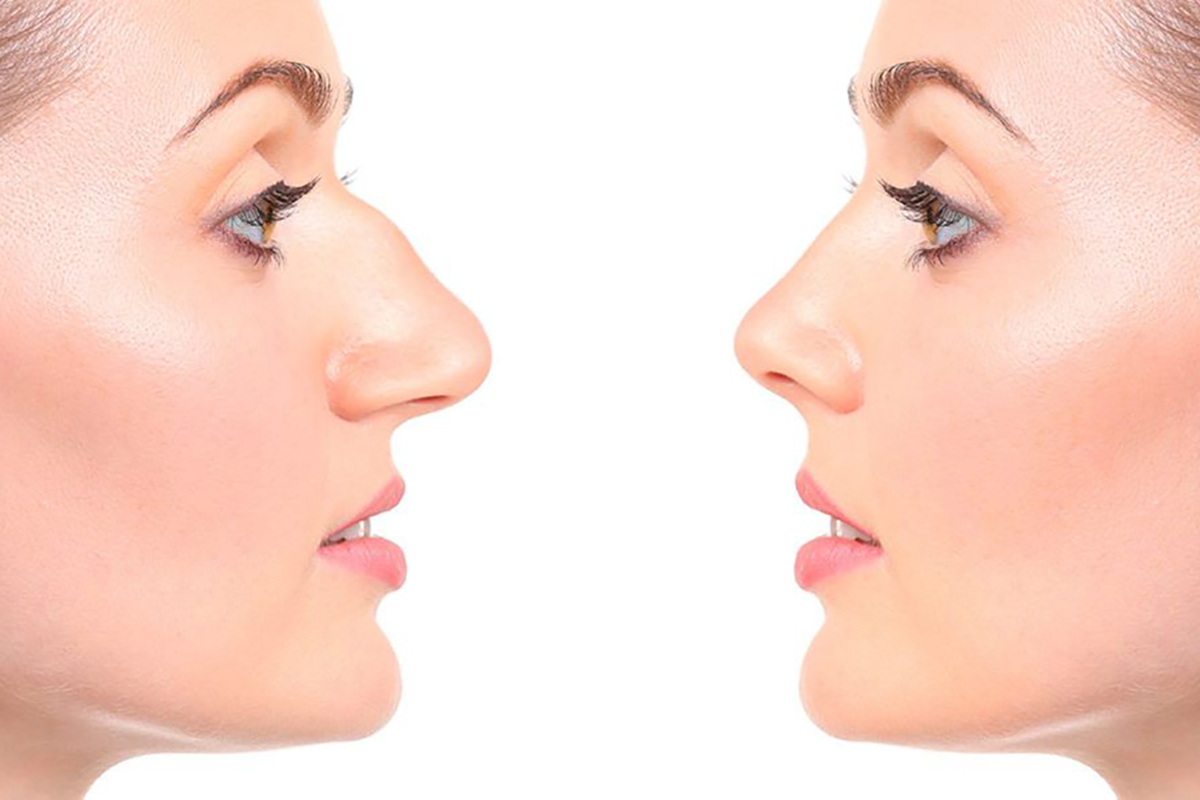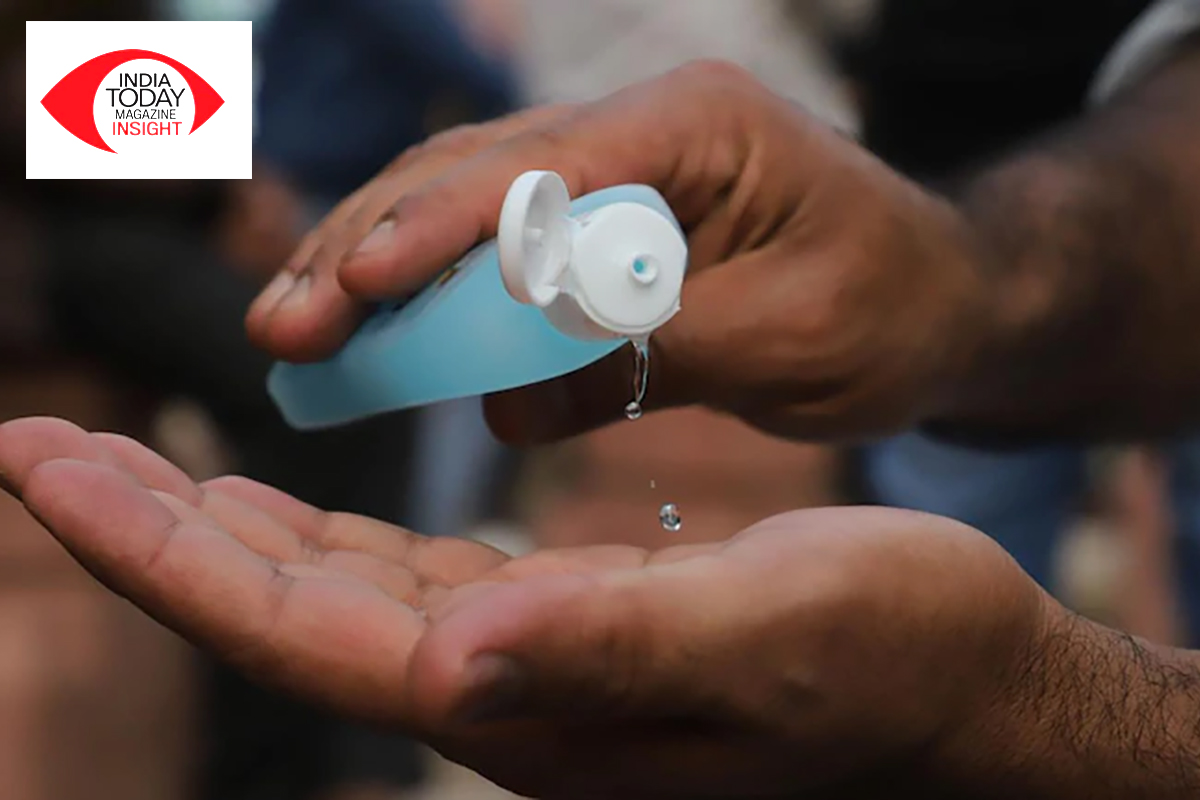“If you want to lift your sagging facial skin, but committing to the recovery timeline is quite a task for you, non-surgical thread lifting can be the best option”
Thread lifting is a non-surgical facial rejuvenation procedure that enhances the facial appearance without the need for invasive intervention, redefining the facial contour, lifting drooping eyebrows, and reducing deep nasolabial folds. It also reduces sagging around the jawline, cheeks, and neck. Most interestingly, it is a safe alternative to traditional facelifts and the most sought-after procedure for those individuals who do not want to undergo a lengthy recovery and require a quick fix for fine lines, wrinkles, and facial sagging. Moreover, thread lifting works as a skin-lifting treatment, plump the skin and making it fuller and more youthful, resulting in less noticeable fine lines and wrinkles.
At KAesthetics, Indiranagar, Bangalore, Dr. Karishma Kagodu, a celebrity cosmetic surgeon and head of Dr. Karishma Aesthetics, we use cutting-edge technology, i.e., APTOS thread lifting to rejuvenate facial appearance that gives immediate results with no hassle of pain, discomforts, or longer recovery timeline, and are free from other side effects that might be a concern with surgical facelifting. The demand for APTOS thread lifting procedures in Bangalore is increasing not just because they provide quick rejuvenation in a couple of days without the need for surgery, but also because they offer subtle and modest changes without the risks of scarring and a longer healing timeline. Still, the cost of a thread lift in Bangalore is highly influenced by a patient’s problem status and the desired goals. It may vary from one patient to another, requiring a one on one consultation.
What is APTOS thread lift?
Dr. Karishma Aesthetics clinic in Bangalore is proud to share that they are the very first to offer APTOS technology for non-surgical facial rejuvenation, which has become the credible option among those patients who are looking for a minimally invasive, safe, and a low-risk procedure that can give them more permanent results than the non-surgical options like Botox or dermal fillers. As far as the innovative method is concerned, APTOS thread lifting is a way to lift sagging skin, tighten loose skin without the intervention of any invasive surgical method. APTOS is the best way to reposition and contour saggy facial skin, neck, and under the lower jaw, while also improving fine lines around the mouth, cheeks, and jawline. APTOS thread lift is taking as a boon in the cosmetic treatment world that helps improve signs of aging for both static and dynamic wrinkles, sagging skin; a minimally invasive procedure that offers subtle and modest changes that may last up to one and a half years or even longer that is depending on your physiological and anatomical profile. Most patients opt for thread lifting on a regular, ongoing basis to maintain a youthful looking appearance and extend the results for even longer.
Characteristics of APTOS thread lifting?
- Achieve an excellent lifting effect with no pain or scars.
- A highly customized procedure tailored to the patient’s specific problem status and desired goals.
- The areas of the face that are significantly improved with APTOS thread lifting include the brows, cheek areas, smile lines (also known as Marionette lines), nasolabial folds, mental area, jowls, and the neck and jawline.
- Accelerates collagen production and helps repair and hydrate the skin to minimize the appearance of noticeable wrinkles and fine lines.
- You will experience an immediate change in your appearance, with a noticeable lifting effect and a more youthful look.
- APTOS thread lifting is only performed by a highly trained, board-certified plastic surgeon.
- It provides long-lasting results because the threads used in APTOS are made from absorbable materials that gradually dissolve within 1½-2 years, making them one of the longest-lasting threads on the market as of now.
- APTOS helps stimulate the production of type III collagen, resulting in softer, firmer, and more youthful facial skin.
Here is a closer look at the many benefits associated with thread lifting as follows:
Induces Collagen Production
The thread lifting procedure plays a crucial role in inducing collagen production in the skin, resulting in a significantly youthful effect, and addresses various concerns of aging, including correcting fine lines, wrinkles, sagging/ drooping skin, and deep creases that form between the nose and mouth. Collagen is a building block protein essential for supporting the skin, bones, hair, ligaments, tendons, and muscles, making the skin plumper, smoother, and more youthful.
Improves Skin Textures
The enhanced collagen acceleration helps improve skin tone and texture, as collagen plays a crucial role in increasing skin density, boosting hydration, and smoothing out fine lines and wrinkles. However, it also reduces skin dryness and rough textures.
Improves Skin Laxity
Thread lifting is a way to lift saggy skin, restore plumpness, reduce the visible signs of aging, and improve skin laxity by increasing collagen production. Collagen in skin is vital for maintaining skin elasticity, strength, and a youthful appearance. As we age, the production of collagen in our skin declines, and fine lines and wrinkles become more noticeable. The skin’s ability to bounce back and firmness significantly decreases, leading to sagging, wrinkles, and dryness. The breakdown of collagen protein in the skin is a causative factor in reducing skin elasticity/ laxity, as it provides structure and support to the skin. The thread lifting procedure helps restore plumpness, making your face look fuller and more youthful.
Long-lasting results
Thread lift is a minimally invasive facial rejuvenation procedure that produces long-lasting results, which can last up to 1-2 years or even longer, as the longevity of the effect may vary from patient to patient. The absorbable material in APTOS threads gradually dissolves in one and a half years; however, it receives more preferences and appreciation compared to dermal fillers and/or Botox. Moreover, the results of thread lifting can often be prolonged by adopting a healthy lifestyle, such as drinking plenty of water, eating a balanced diet rich in fruits and vegetables, and getting an adequate amount of sleep each night.
Where To Find Thread Lifting in Bangalore?
Dr. Karishma Aesthetics in Bangalore offers a range of anti-aging treatments, including both surgical and non-surgical options, such as thread lifting, for individuals seeking a minimally invasive, quick, and subtle solution to noticeable signs of aging. The APTOS thread lifts procedure helps achieve smoother, younger-looking skin with minimal pain and no visible scars, making it a must-have option for quickly addressing signs of aging.
Please call us at +91 8951269006, +91 7624809006, or use WhatsApp at +91 9108969006 to schedule your consultation.
